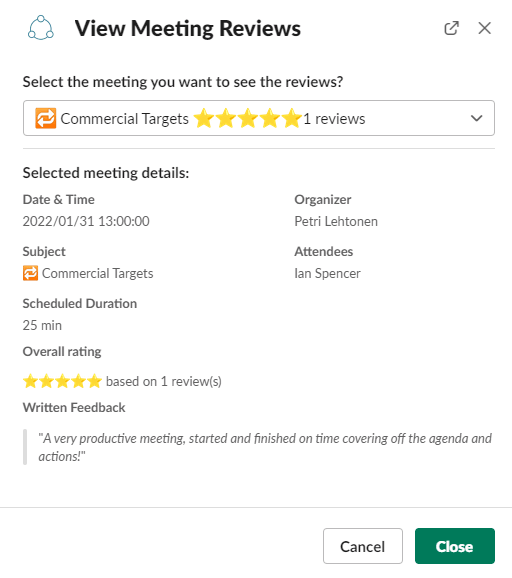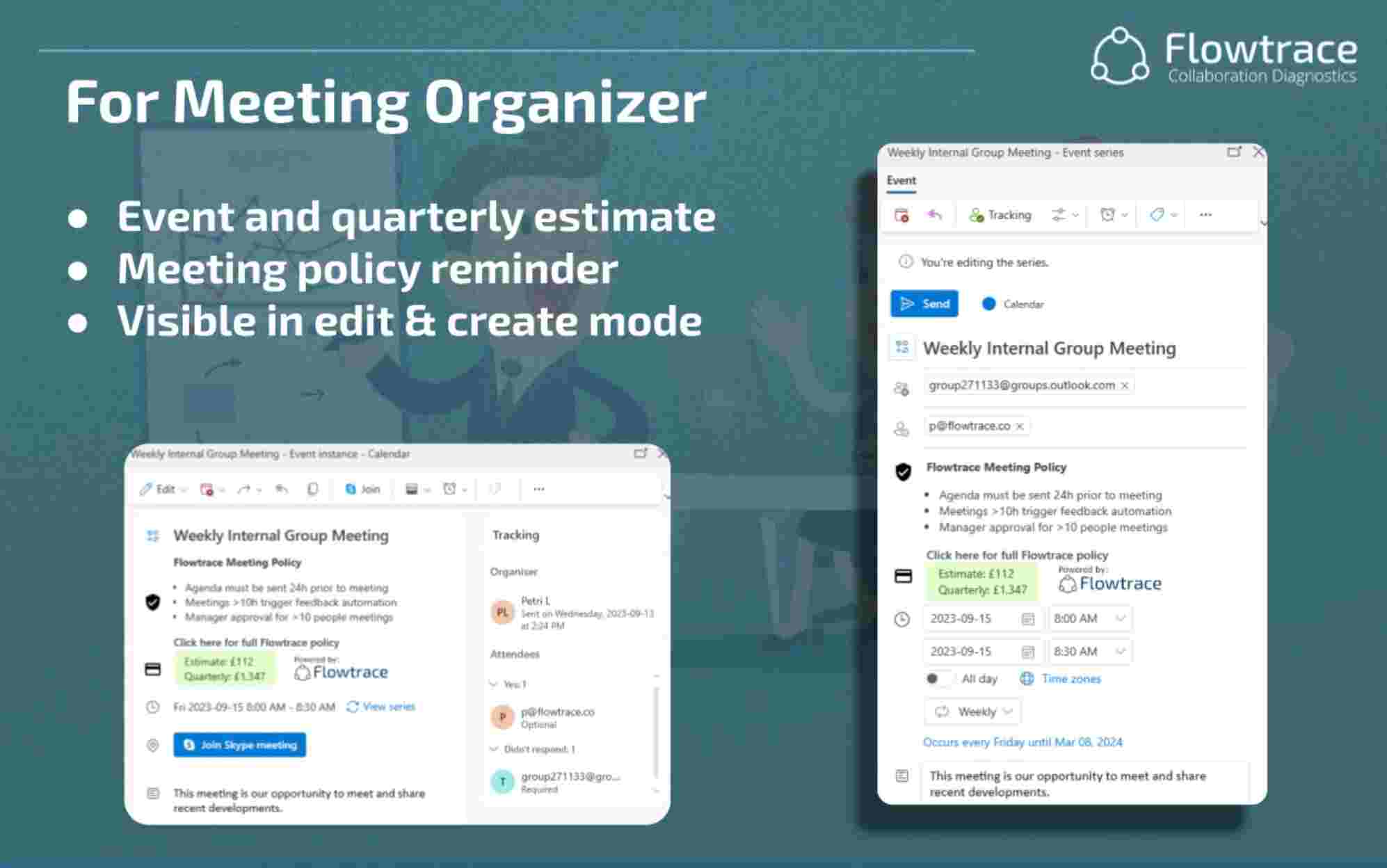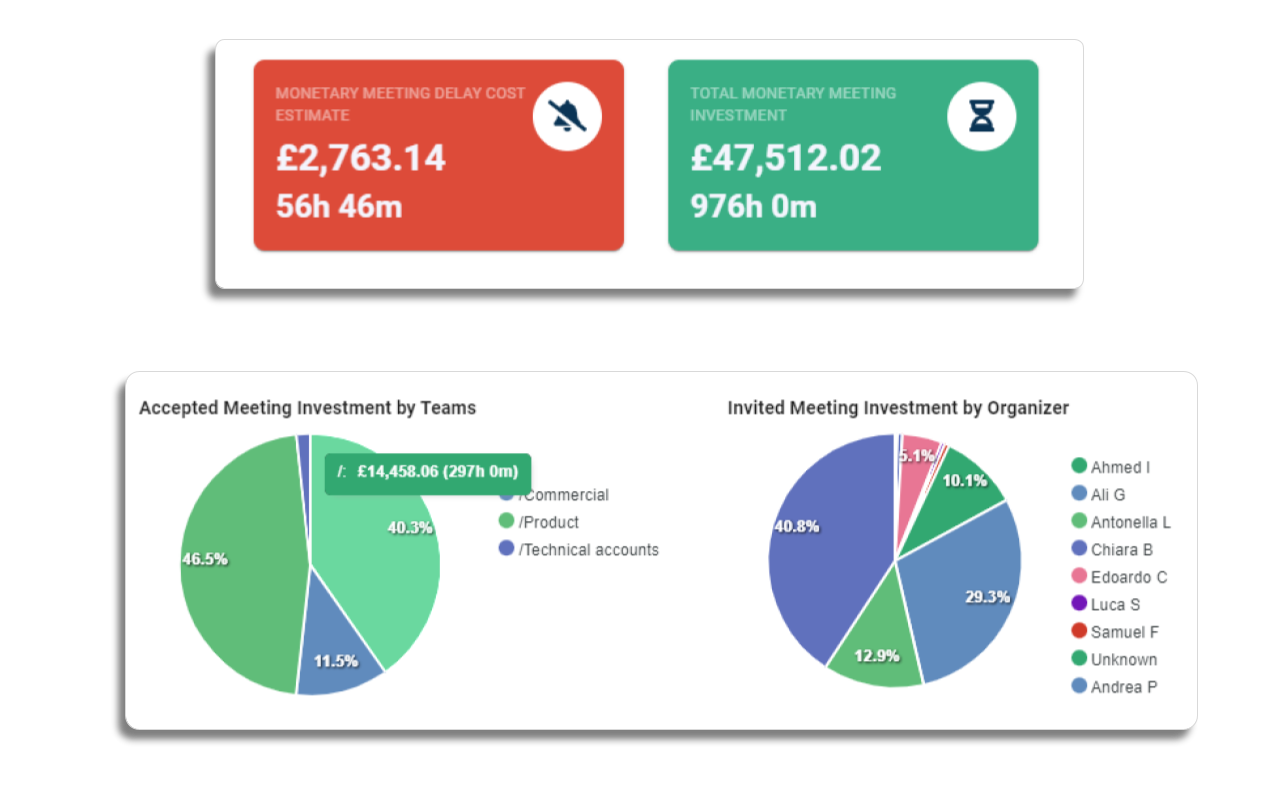How Many Meetings a Week is Too Many?
Struggling with too many meetings at work? Learn how to optimize meeting practices, avoid meeting overload, and improve team productivity in this...
Discover the impact of excessive meetings on productivity and learn how to optimize meeting frequency for success. Find out how to foster a culture of effective collaboration with data-driven insights.
While meetings are essential for strategizing and collaboration, they can also disrupt productivity if not managed efficiently. This balance is critical not only to maintain operational efficiency but also to facilitate effective decision-making. Leaders must maintain this balance to ensure that meeting time is optimized, contributing positively to organizational goals without becoming a hindrance. This article takes a look at understanding the right amount of meetings necessary for maximizing team performance and decision-making efficiency.
Meetings offer a platform for brainstorming, information sharing, and decision-making. However, the proliferation of unnecessary or poorly managed meetings can significantly hinder an organization's effectiveness.
Research published in the Harvard Business Review indicates a strong correlation between excessive meetings and decreased productivity. A study by Kumospace found that for optimal focus, employees should ideally participate in no more than 16 thirty-minute meetings per week. Exceeding this threshold leads to diminishing returns, with employees experiencing increased context switching and difficulty concentrating on core tasks.
Several red flags can indicate that an organization suffers from excessive or unproductive meetings:
Too many meetings can be effectively managed by leveraging advanced meeting analytics that looks at factors such as:

With this data, organizations can make informed decisions about meeting schedules, promoting a culture of focused and productive collaboration. This frees up valuable time for employees to dedicate themselves to their core responsibilities, ultimately enhancing organizational efficiency and employee well-being.
The true focus shouldn't be on a magic number but on meeting effectiveness. A single, poorly planned meeting can be just as detrimental as a packed calendar. Here's why quality should be taken over quantity:
Meetings should be driven by clear objectives, not just a need to gather people. Define desired outcomes upfront – will you brainstorm solutions, make a decision, or simply share information? This ensures focused discussions and avoids meandering conversations.
Move beyond attendance as the sole metric. Instead, implement methods to gauge meeting productivity. Here are a few techniques:

Not every interaction requires a real-time meeting. Utilize asynchronous communication tools like project management platforms or internal communication channels for information sharing and progress updates. This frees up valuable meeting time for discussions that truly require in-person collaboration.
By focusing on quality over quantity, organizations can foster a culture of effective meetings. This means prioritizing clear objectives, measuring success through concrete data, and leveraging asynchronous communication for updates. With a data-driven approach and a commitment to focused discussions, meetings can become a springboard for innovation and collaboration, not a drain on productivity.
While fostering collaboration and communication, unnecessary or poorly managed meetings can significantly harm an organization's health. By prioritizing a well-structured meeting culture, companies can unlock a range of benefits that extend far beyond increased productivity.
Reducing unnecessary meetings isn't just about ticking tasks off a to-do list; it's about empowering employees to enter a state of flow. Excessive meetings lead to constant context switching, making it difficult to concentrate and complete deep work.
By streamlining meeting schedules, employees gain dedicated time for focused efforts, leading to higher quality work and a greater sense of accomplishment. A study by the University of California, Irvine found that even brief interruptions can significantly impair focus, leading to a 10% decrease in productivity.
Fewer, more targeted meetings foster a culture of meaningful engagement. Employees disengaged by repetitive or poorly planned meetings become passive participants. However, clear agendas, focused discussions, and actionable outcomes transform meetings into opportunities for active contribution, leading to a more invested and motivated workforce.

Ultimately, a well-structured meeting culture is about respecting employees' time and expertise. Fewer meetings empower individuals to focus on their core strengths and contribute meaningfully. This not only enhances productivity and morale but also sends a powerful message: your time and contributions are valued. By prioritizing focus and efficiency, organizations can cultivate a thriving workplace environment where meetings become stepping stones for success, not roadblocks to progress.
Meetings can quickly turn into a financial and productivity black hole if not managed effectively. The constant churn of meetings not only reduces focus and morale but also drains resources that could be channeled into core business functions.

Employee time represents a significant financial investment for organizations. Consider this scenario: if five employees, each earning £80 per hour, attend a 30-minute meeting every week.
The financial impact extends beyond direct salary costs. Excessive meetings cause disengagement. Employees who feel their time is wasted in unproductive meetings are less likely to be motivated or invested in their work. This can lead to decreased productivity, missed deadlines, and ultimately, lost revenue for the organization. A Gallup study revealed that disengaged employees cost US businesses a staggering $1 trillion in lost productivity per year.
While the financial cost of meetings can be significant, it's not always easy to quantify. Here are some signs that your organization might be suffering from meeting overload:
By recognizing these warning signs, organizations can take decisive steps to streamline their meeting culture.
Excessive scheduling can lead to a culture of distraction and disengagement. So, how do you strike the right balance?
Don't underestimate the power of asynchronous communication tools. Utilize platforms like project management software, instant messaging, and internal communication channels to share updates, pose questions, and collaborate without constant meetings.
Flowtrace empowers leaders to move beyond a meeting-centric approach and factor in the financial implications of meetings. By leveraging advanced meeting analytics, Flowtrace provides valuable insights into:

With meeting analytics and cost awareness, organizations can make informed decisions about meeting schedules, prioritizing quality over quantity. This fosters a culture where meetings are strategic interventions designed to drive progress, not routine roadblocks to productivity.
So, you've optimized your meeting frequency – now how do you ensure those meetings are productive and impactful? Here are key best practices to implement for successful meetings:
Flowtrace empowers leaders with comprehensive analytics to enhance organizational meeting culture. Flowtrace offers meeting analytics that cover a range of metrics including meeting duration, frequency, and costs:

With tools to measure and boost engagement during meetings, leaders can make informed decisions to keep teams motivated and attentive, ultimately leading to more productive sessions.
Finding the right meeting balance is key. By considering factors like team size, project stage, and business goals, organizations can optimize meeting frequency. Implementing best practices around clear agendas, focused discussions, and actionable outcomes further enhances meeting effectiveness. Flowtrace empowers leaders to streamline scheduling, gain data-driven insights, and foster a culture of effective collaboration.
Struggling with too many meetings at work? Learn how to optimize meeting practices, avoid meeting overload, and improve team productivity in this...
Explore how meeting overload can hinder productivity and employee well-being, and discover strategies for optimizing meeting practices to enhance...
Transform company meetings for enhanced productivity and engagement. Learn how to optimize meeting culture, reduce overload, and drive success...